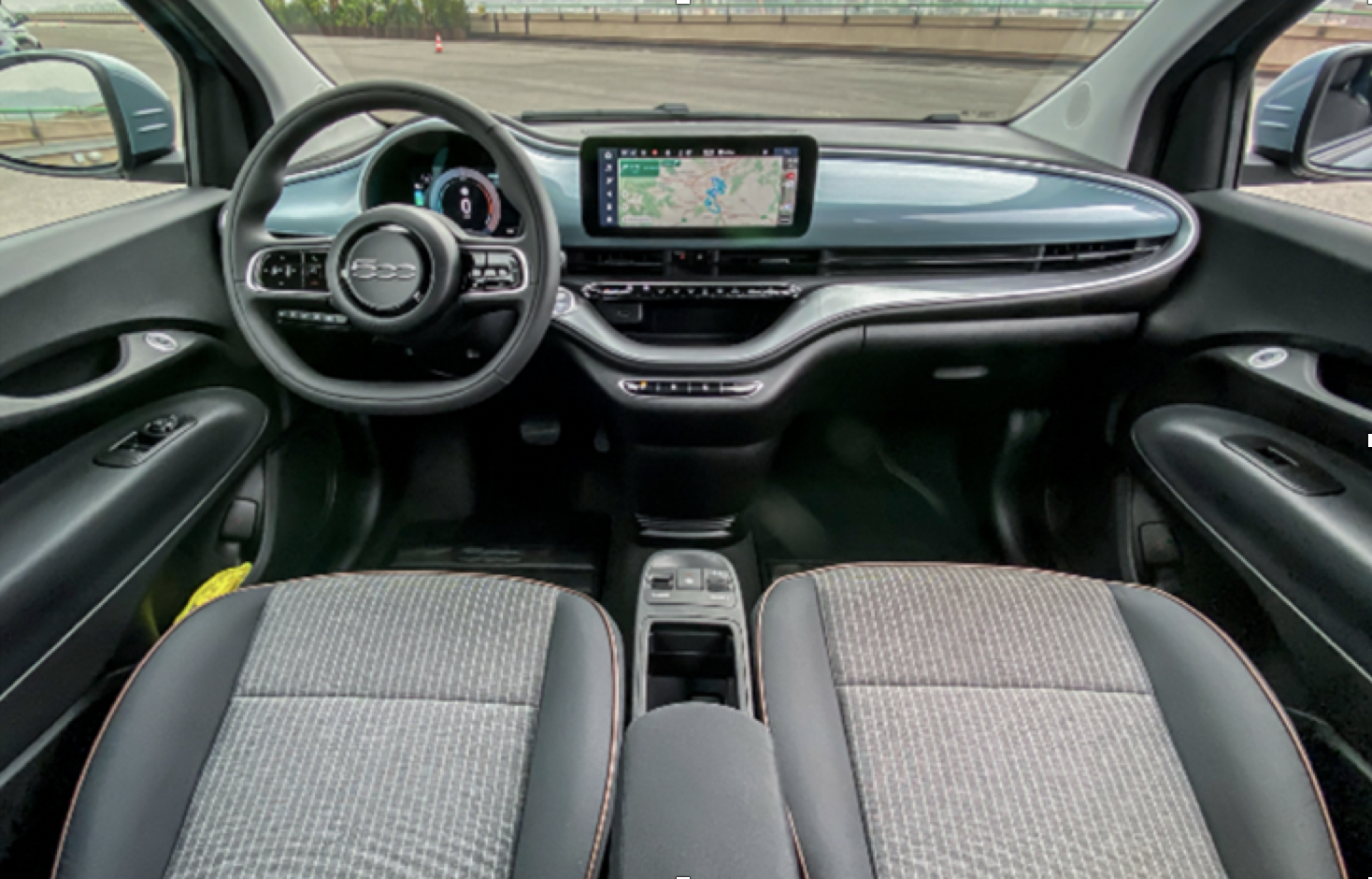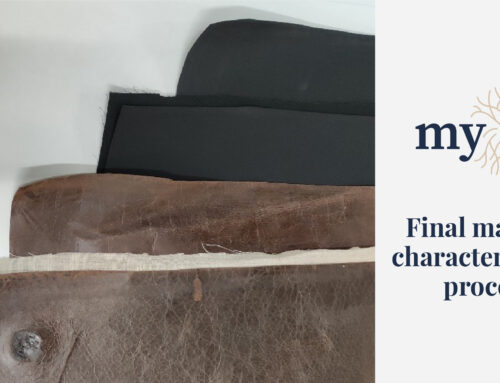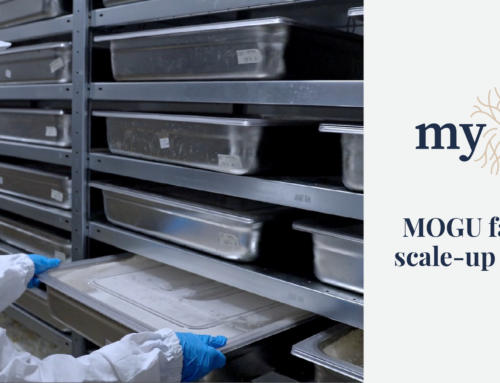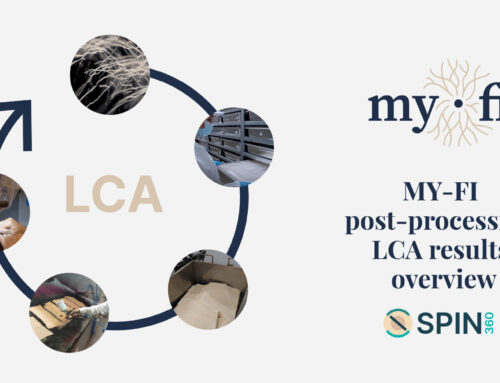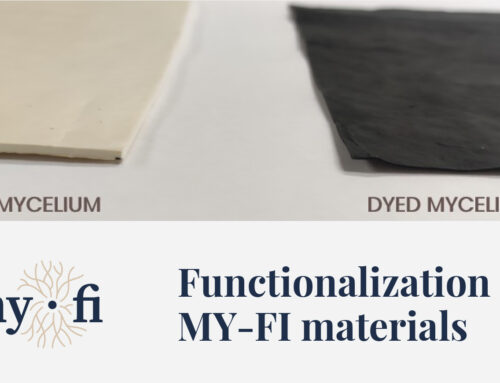What makes our new car appealing, comfortable, tailored on our needs, reflecting our way of being? Interior finishing plays a fundamental role, and fabrics are one of the main passive interfaces between the driver and the vehicle. On average, a vehicle upholstery counts for more than 10kg per vehicle of textile-like materials, of which at least 1/3 is applied in interior trimming.
Thanks to project MY-FI, the automotive sector represented by Stellantis and Volkswagen, is evaluating potential application of mycelium-based fabrics on interior trimming.
Textile, leather and leather-like materials characterize most of the interior finishing components. In relation to the hand feel and production process, we can roughly distinguish between rigid trims (imperial, door panel, upright cover, dashboard) and soft trims (seat covering, carpets, steering wheel, gear lever headset). Some components can be finished with rigid or soft fittings, such as the dashboard; in most applications, the use of a soft coating, as well as the use of real and imitation leather, is considered distinctive of high-end trim levels. However, when we talk about textile applications in the car, we always consider technical applications: the materials are processable in the automotive supply chain, resist wear, humidity, dirt, solar radiation, can guarantee a useful life that exceeds ten years, while ensuring the desires of style, pleasantness to the touch, while optimizing lifelong sustainability.
Such a challenging achievement for our mycelium – based fabric!
As part of the collaborative approach proposed by MY-FI, CRF, on behalf of Stellantis, and Wolkswagen recently received the first samples of fabrics in automotive configuration thanks to an innovative tanning process. The materials will undergo a complete cycle of characterization and validation tests to evaluate all those parameters that determine the applicability on the automotive sector. At the moment, no potential applications are precluded, to maximize product sustainability and enhance the aesthetic performance of the material.
The journey to sustainability has begun!

